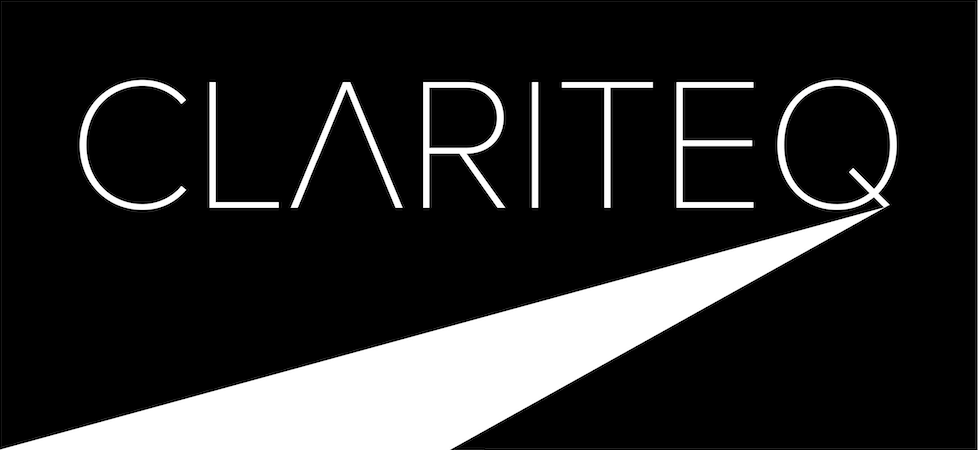Requirements Modelling
Agile Business Analysis Techniques for User Stories, Use Cases, Services, and Data - 2 days
Description:
This intensive workshop presents a practical, proven, and integrated set of three model-based techniques for discovering, documenting, and verifying application requirements:
Concept models (data models) – develop a common understanding of the things the processes and application operate on;
Use cases – describe how an application should behave externally to support the people using it;
Service specifications – describe what the application should do internally independently of who is using it, or how;
The content is drawn from Clariteq’s two-day courses on model-driven application requirements specification – Data Modelling and Use Cases and Services – compressed into a two-day workshop.
Business Analysts around the globe are returning to robust but practical modelling techniques. The return to model-based techniques is due to dissatisfaction with list-based (“the system shall…”) methods that lead to documents containing thousands (!) of requirements, but little value. Written requirements have their place, but lack consistent granularity, don’t cross-validate, and provide little or no context. Model-based techniques address these shortcomings, but many BAs have avoided them because so many models were little more than “pictures of the physical design.”
This workshop introduces business-friendly modelling techniques that have been proven on both custom development and packaged software projects. They are repeatable by analysts, relevant to business subject matter experts, useful to developers, and are popular with Agile teams because they support “just enough” modelling to get into the ballpark and then let iterative development take over.
Objectives:
On workshop completion, participants will be able to:
Understand how use cases, services, and data collectively represent application requirements
Discover and document an agreed-upon “world view” with business-friendly data models
Discover and document “internal” requirements (logic and rules) with service specifications
Discover and document “external” requirements (UI behavior) with user stories and use cases
Apply all techniques at contextual (scope,) conceptual (overview,) and detail (specification) levels
Prerequisites:
None, although an understanding of information systems concepts will be helpful.
Target Audience:
Business analysts, UX designers, systems analysts, and developers responsible for the analysis and design of any component of an application, including the data structures, application logic, and the user interface, or for documenting legacy/custom/packaged application behavior in a structured way.
Also, technical resources and project leaders needing to understand current business analysis techniques, and content experts with a significant role in specifying requirements.
Course Topics:
Application requirements definition – goals, issues, approaches, and a proven framework
Example: How a concept model, service specifications, and use cases were used to quickly discover and document application requirements
Making sense of contextual (scope,) conceptual (overview,) and detail (specifications) modelling
Why these techniques are being embraced by the Agile community
Core guidelines for the essential data model components – entities, relationships, and attributes.
A simple language-based way to initiate a concept model and keep the business engaged
Use cases (external behaviour) and services (application logic) – terms, concepts, and rationale
Four techniques for discovering a system’s use cases and business services
Templates for documenting use cases and services at the conceptual and detail levels
Making detailed use cases “real” with dialogues and use case scenarios
Creating detailed service specification – invocation, validation, rules, and updates
Easing the transition from conceptual to logical with the world's simplest guide to normalisation

